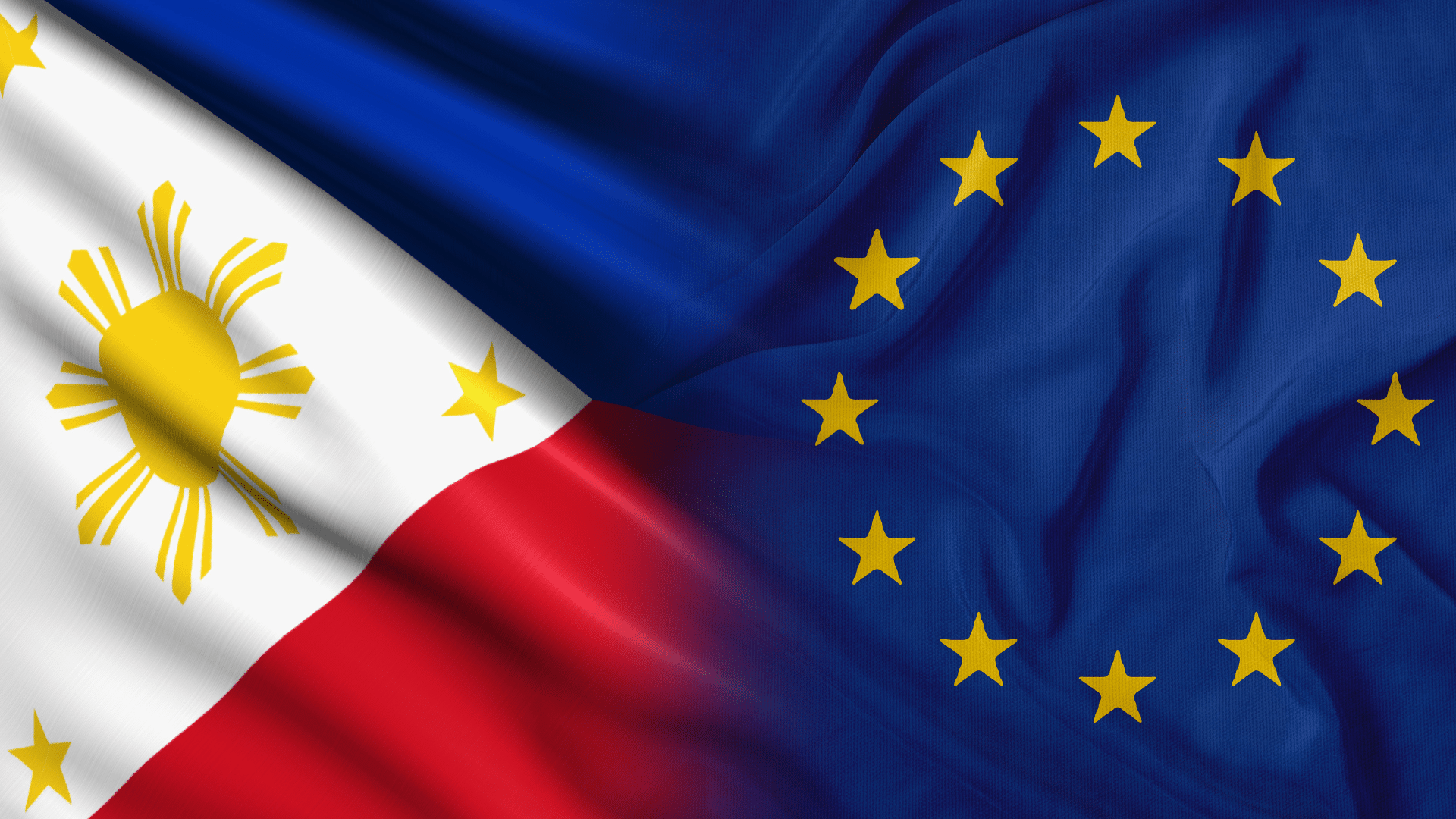
THE government needs to invest more money to improve the country's digital infrastructure to attract more internet service providers and improve internet speed and lower the cost of internet connectivity, a global research firm said.
BMI Research, a unit of the Fitch Group that provides industry and financial market analysis, said in a recent report that while the Philippines is investing in improving its digital infrastructure, at its current rate, it may only provide marginal upsides to its outlook.
The country recently approved the P16.1 billion World Bank-financed Philippines Digital Infrastructure Project (PDIP) which is set to construct a public broadband infrastructure network to help boost broadband connectivity in far-flung areas.
However, the research company said that for the success of the PDIP to boost stronger fiber uptake among Philippine-based households, "execution and project management" is needed.
It pointed out that by "extensively co-financing last-mile area rollout, wholesale network providers and internet service providers may be encouraged to further decrease prices on fiber bundles" at the expense of average revenue per user figures." "Renewed government efforts to fiberize the Philippines' last-mile areas will be beneficial for the players with a large risk-seeking stance," BMI said.
"Regardless, wider digital transformation ambitions and the attractiveness of the Philippines' ICT market are set to benefit from a stronger nationwide backbone and last-mile network density," it added.
This was also pointed out by the World Bank which said policymakers should focus on reforms and invest more to improve the Philippines' broadband infrastructure.
The Private Sector Advisory Council urged the government to increase spending on developing the country's digital infrastructure to give a P60 billion annual budget for DICT to increase the number of cell sites and the penetration rate of internet services in the country.
A 2023 study conducted by international consulting firm Arthur D. Little showed that the Philippines recorded the second lowest cumulative investment in fiber coverage and targets among SEA countries.
The study showed that the Philippines needs to spend around $1.1 billion (roughly P58.30 billion) to reach the required target coverage levels considering that the country also has the second lowest take-up rate and penetration rate among internet users as of 2022.
The study noted that Indonesia's 2014-2019 Broadband Plan required a total funding of $23.2 billion (around P1.12 trillion), 10 percent of which was covered by its government.
Vietnam, on the other hand, allocated $820 million (P39.7 billion) worth of investment for its 23,000 kilometer submarine cable system .
Meanwhile, Singapore is setting aside $2.44 billion (P142.5 billion) for its ICT infrastructures and digital services, 60 percent of which is allocated for the modernization and improvement of its digital infrastructures.
In another study, the World Bank said that the Philippines' internet connectivity is the most expensive in Southeast Asia but is relatively slow compared to Singapore, Thailand, Malaysia, Vietnam, and Brunei.
To improve internet speed, additional cell sites are needed. In order to do this, the government needs to give telecommunication companies incentives with the support of several stakeholders.
The Philippines only has around 23,000 cell sites, based on data from the National Telecommunications Commission.
In comparison, Vietnam has 90,000 cell towers while Bangladesh has 30,000.
According to the Asian Development Bank, the Philippines needs an additional 60,000 cell sites by 2031 in Geographically Isolated and Disadvantaged Areas.
Read The Rest at :




